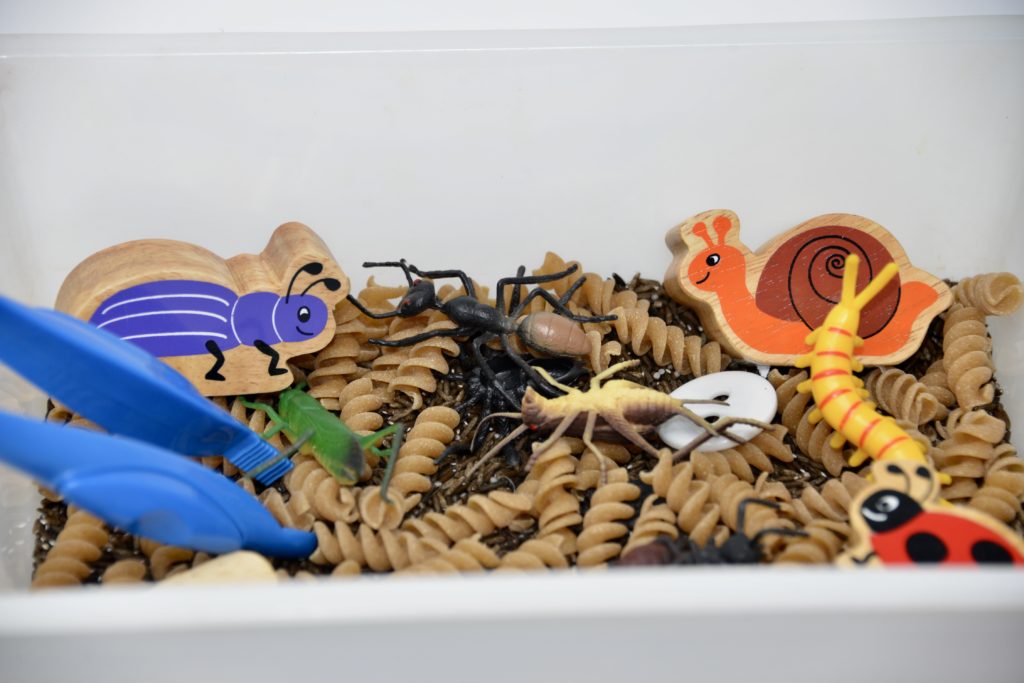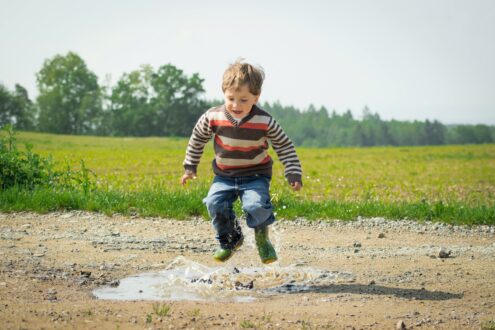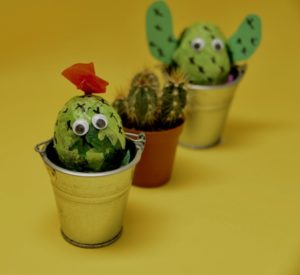Sensory bins offer a hands-on approach to learning and development for children. These interactive tools provide a wealth of opportunities for young minds to explore, create, and grow. Sensory bins significantly enhance fine motor skills by encouraging children to manipulate various objects and materials with their hands.
Parents and educators alike recognize the value of sensory play in promoting cognitive and physical development. From scooping and pouring to sorting and stacking, the activities associated with sensory bins engage small muscle groups in the hands and fingers. These fine motor skill activities for kids strengthen hand-eye coordination and prepare children for more complex tasks like writing and self-care.
As children interact with sensory bins, they naturally develop problem-solving skills and creative thinking. The tactile experiences provided by these bins also support sensory processing, which is crucial for overall development. By incorporating sensory bins into playtime, caregivers can foster a love for learning while simultaneously boosting essential physical skills. This content should not be considered professional advice; seek guidance from a medical professional.

Key Takeaways
- Sensory bins enhance fine motor skills through hands-on exploration and manipulation of various materials
- Regular use of sensory bins strengthens hand-eye coordination and prepares children for complex tasks
- Incorporating sensory play supports overall development, including problem-solving and creative thinking skills
Understanding Sensory Bins and Fine Motor Skill Development
Sensory bins provide children with hands-on exploration opportunities that support fine motor skill development. These versatile tools engage multiple senses while encouraging children to manipulate objects in various ways.
What Are Sensory Bins?
Sensory bins are containers filled with materials that stimulate a child’s senses. They typically include a base substance like rice, beans, sand, or water. Various toys, tools, and objects are added to enhance exploration and play.
Sensory bins offer tactile experiences that encourage children to touch, scoop, pour, and manipulate items. This hands-on interaction promotes sensory processing and fine motor skill development.
Themes can be incorporated into sensory bins to align with learning objectives or seasonal activities. For example, a beach-themed bin might include sand, seashells, and small plastic sea creatures.
Components of a Sensory Bin
A well-designed sensory bin contains several key elements:
- Base material: Rice, beans, sand, or water
- Containers: Shallow bins or trays for easy access
- Tools: Scoops, tongs, spoons, cups for pouring and transferring
- Toys: Small figurines, blocks, or themed objects
- Textured items: Smooth stones, rough pine cones, or soft pom-poms
The combination of these components creates a rich sensory environment. Children can explore different textures, practice grasping and releasing objects, and develop hand-eye coordination.
The Role of Fine Motor Skills in Child Development
Fine motor skills involve the coordination of small muscles in the hands and fingers. These skills are crucial for daily activities like writing, buttoning clothes, and using utensils.
Developing fine motor skills helps children:
- Improve hand-eye coordination
- Enhance dexterity and precision
- Build strength in hand and finger muscles
- Prepare for academic tasks like writing and drawing
Sensory bins provide an ideal platform for practicing these skills. As children scoop rice, transfer beans with tongs, or bury toys in sand, they engage the small muscles in their hands and fingers.
Regular sensory play can significantly boost fine motor skill development in young children. It offers a fun, low-pressure environment for children to practice and refine their movements.
The Benefits of Sensory Bins for Fine Motor Skills
Sensory bins offer numerous advantages for developing children’s fine motor abilities. They provide engaging hands-on experiences that strengthen small muscle control and dexterity.
- Enhancing Hand-Eye Coordination and Dexterity
Sensory bins help children develop hand-eye coordination, fine motor skills, and pincer grasp development by allowing them to practice precise movements, grasp different sizes and textures, and use their thumb and forefinger for small tasks like writing and buttoning clothes.
- Promoting Language and Communication Skills
Sensory bins stimulate children’s curiosity by introducing new textures, shapes, and materials, sparking curiosity and encouraging questioning. This builds vocabulary, as children learn words for textures and colors, shapes, and actions. Additionally, sensory bins foster back-and-forth conversations, promoting language development and communication skills.
- Strengthening Social and Cooperation Skills
Sensory bins foster collaborative play, teamwork, and imaginative play by allowing children to take turns in activities like scooping or pouring materials. They also encourage social interaction by sorting items by colour or creating patterns. Children can also pretend the bin is a construction site or beach, promoting creative thinking and social role-playing.
- Sensory Bins and Emotional Development
Sensory bins provide a calming environment for children, promoting self-regulation skills and emotional control through tactile exploration. The repetitive motions of sifting or squeezing materials reduce stress and anxiety. These safe spaces allow children to engage with materials at their own pace, building confidence and independence.
- Safety and Supervision Considerations
Adult supervision is crucial when children use sensory bins, ensuring age-appropriate, non-toxic materials and avoiding small items. Regular cleaning and proper storage are essential for hygiene. Clear rules for play, such as not throwing materials or putting them in mouths, and hand washing are encouraged before and after sensory activities.
- Encouraging Problem-Solving and Cognitive Development
Sensory bins offer children problem-solving activities, allowing them to explore and manipulate materials, often facing challenges like scooping and transferring items or sorting objects based on color or size. These activities develop critical thinking and problem-solving skills, as children analyze and decide on the best approach to achieve their goals. This cognitive engagement supports overall brain development, enhancing memory, attention, and reasoning abilities.
- Promoting Sensory Integration
Sensory bins aid in promoting sensory integration, enabling the brain to organize and interpret sensory information. Engaging multiple senses like touch, sight, and sound helps children process sensory input more effectively. This is especially beneficial for children with sensory processing challenges, as it helps them become more comfortable with different textures and sensations in a controlled environment, leading to better sensory processing and a balanced response to daily stimuli.
Conclusion
Sensory bins offer significant benefits for developing children’s fine motor skills. These simple yet versatile tools provide engaging hands-on experiences that strengthen hand muscles and improve dexterity. Through activities like scooping, pouring, and manipulating small objects, kids enhance their finger control and hand-eye coordination.
Regularly incorporating sensory bins into playtime can support overall physical development and prepare children for important tasks like writing and self-care. Parents and educators should consider sensory bins as valuable resources for nurturing fine motor abilities in a fun, low-pressure environment.







Leave a Reply